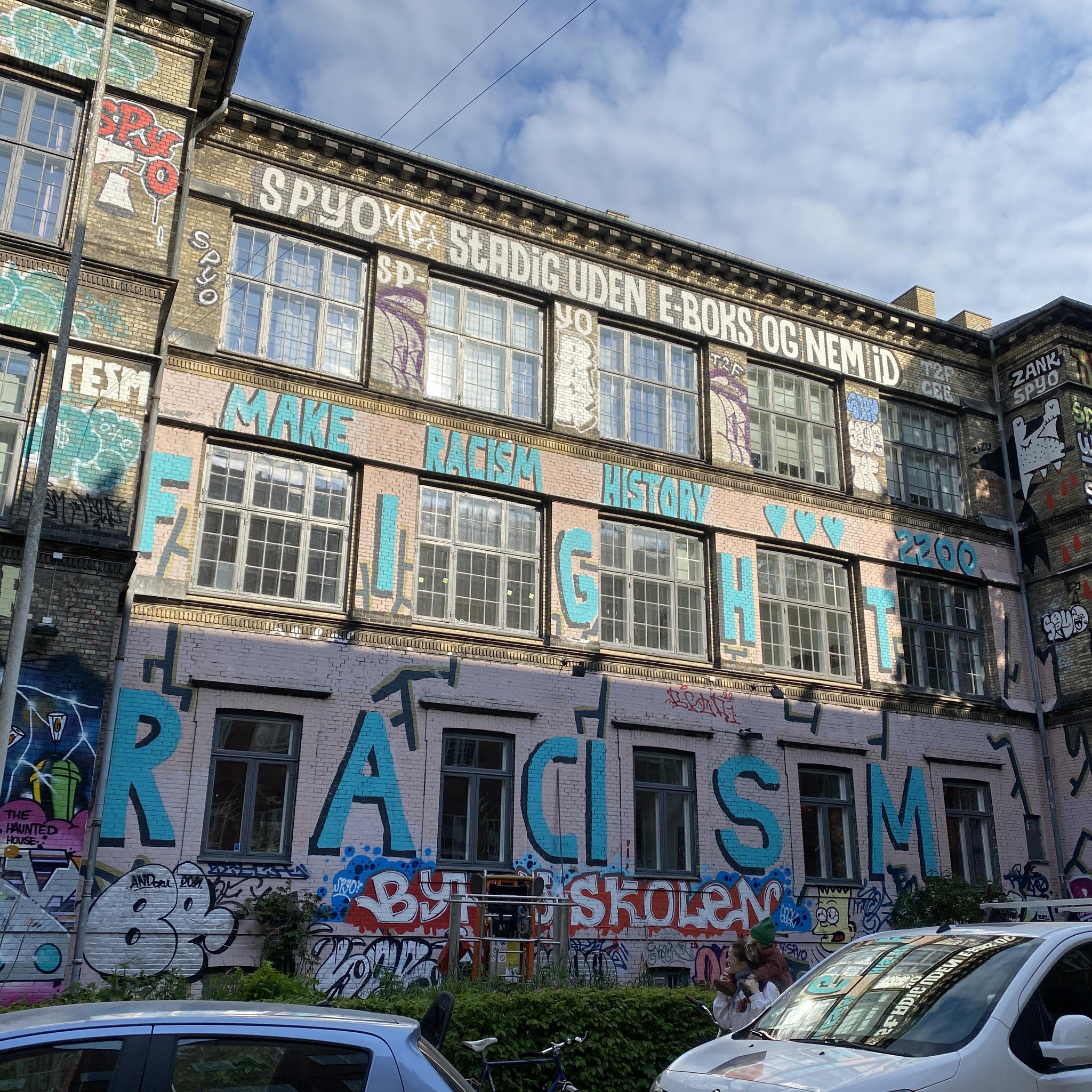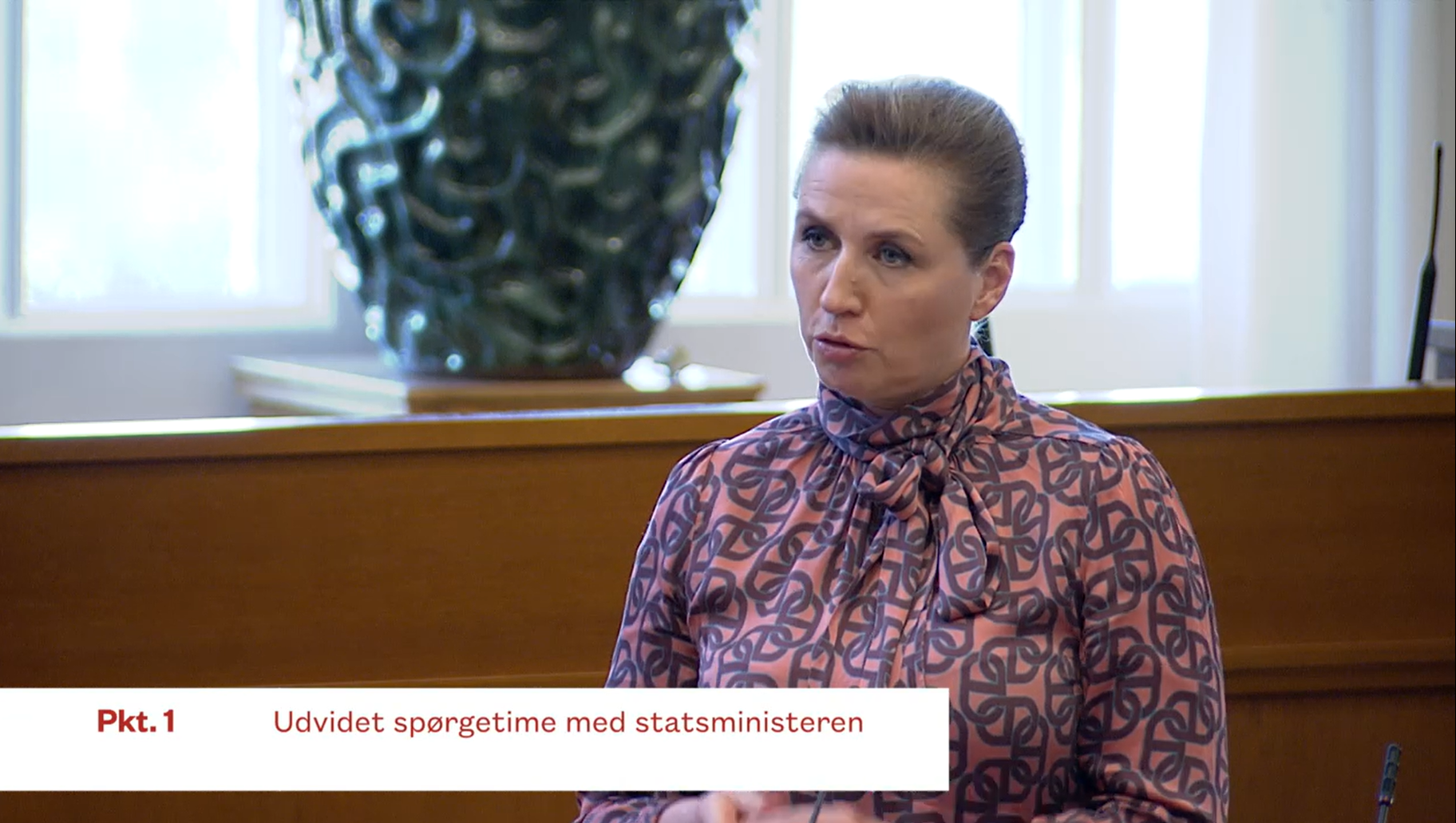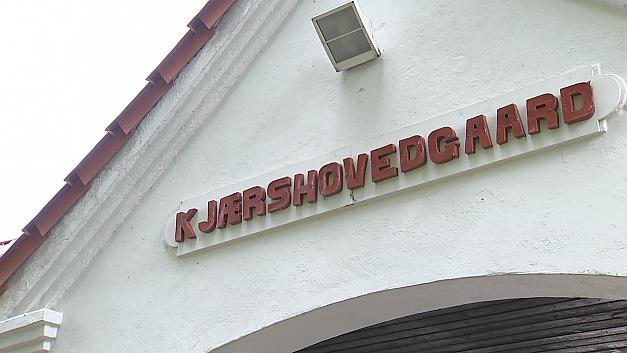The video is tough to look at.
A young girl fights and kicks while two adults, a man and a woman, forcibly remove her from a home while she screams and cries in fear. Two police officers stand and watch as the drama unfolds. The video (see it here) and a series of articles in Politiken newspaper have exposed the plight of 'Amy', who was forcibly removed from the foster home where she had been living and sent to an institutional home in Næstved. Many are saying that the child’s civil rights have been violated.
Børns Vilkår, a child service organisation, has reported the Næstved Council to the police, charging them with violence against Amy.
"We do not believe that the council has the legal right to forcibly remove Amy," Børns Vilkår's chairperson Peter Albæk told Politiken. “She had already been forcibly removed from one home, and now they have taken her from another.”
In 2009, Amy was adopted by a Danish family from her birthplace in Ethiopia. She was nine years old at the time – on paper, at least, though later physical exams indicated her real age might be a few years older. After the situation with Amy’s adoptive family went bad when she was eleven, including allegations of physical abuse, Amy was removed from the adoptive family's home and placed in a temporary foster home with Hanne and Ole Keller. The Kellers act as a so-called “acute family”, taking in children that are in critical situations.
Albæk said that decision to remove Amy from the Keller home has left the child isolated from the few adults that she trusts.
Although Amy had said numerous times that she wanted to stay with the Kellers, the council decided that she should be placed in an institutional residence with professional educators.
The video shows what happened when representatives from Næstved came to remove Amy from the foster home.
The Kellers told Politiken that they had repeatedly called the council asking for help in explaining to Amy why she would have to live elsewhere when she wanted to stay with them.
“I had to tell her I did not know why she had to leave because no one ever gave me an explanation,” Hanne Keller told Politiken. Keller said that Amy had endured traumatic events while in an Ethiopian orphanage and had become attached to the foster family.
The council says that it acted properly and in turn reported the Kellers to the police, saying that their behaviour was at least in part responsible for any trauma Amy experienced. The family may also face legal trouble for filming the removal and providing it to the media.
“We are obviously concerned that Børns Vilkår has reported us to the police," Næstved Council's child and culture director Per B Christensen told Politiken. “The police were present when the child was removed and I believe that the council was within its rights and used only the amount of force that was necessary.”
Christensen said that if the Kellers had worked with the council, it would not have been necessary to use force to remove Amy.
“We regret that the situation around Amy’s moving was so unpleasant, but there were adults, including the foster family, who should have taken more responsibility,” Christensen told Politiken.
Lisbeth Zornig, the head of Børnerådet, a children’s rights group, said that the type of action taken with Amy should only be used in the most serious situations.
Law professor Kirsten Ketscher from the University of Copenhagen told Politiken – without knowing the details of the case – that Næstved Council may have over stepped its bounds.
“You must not use physical violence against children. You must have a legal basis to exercise force against other people – including children," said Ketscher.
The social and integration minister, Karen Haekkerup (Socialdemokraterne), told Politiken that she wants an investigation into the actions taken by Næstved Council.













